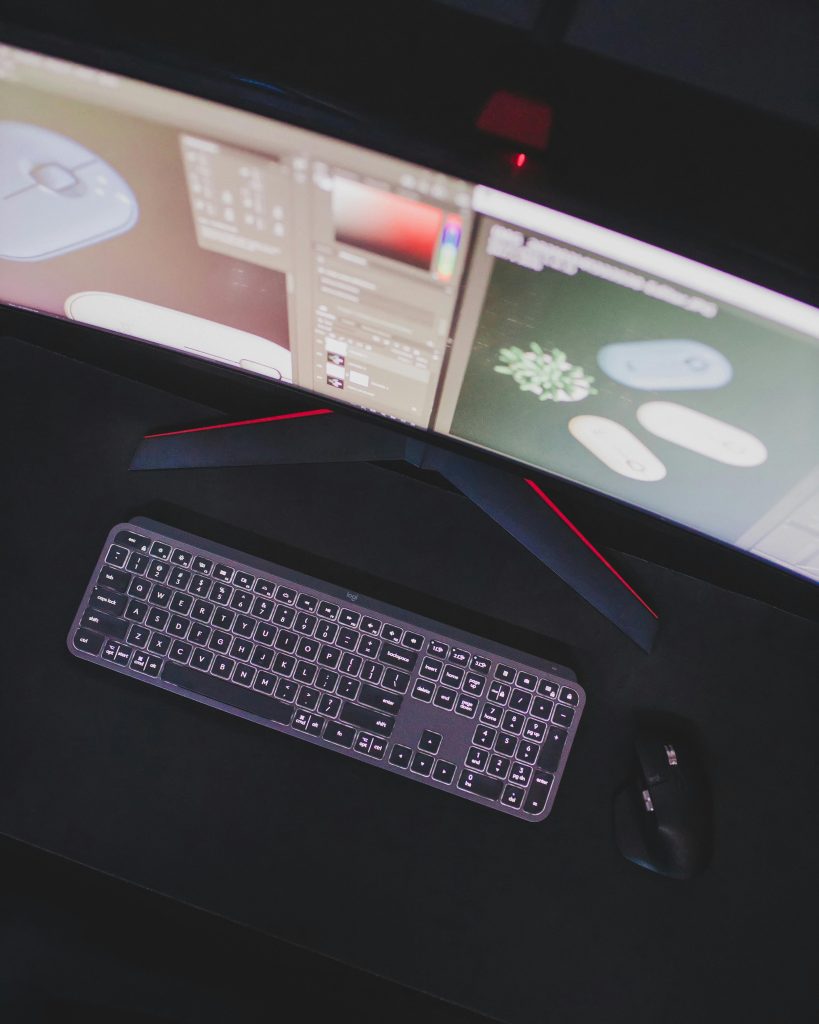Understanding and Troubleshooting the KERNEL_DATA_INPAGE_ERROR on Vintage Windows 7 Systems
Introduction
Many users who operate older computer hardware—such as legacy Toshiba laptops running Windows 7—may encounter persistent system errors that disrupt productivity and compromise data integrity. One common error message is the “KERNEL_DATA_INPAGE_ERROR,” a Blue Screen of Death (BSOD) that can be particularly frustrating due to its sporadic occurrence and ambiguous nature. This article aims to provide a comprehensive overview of this error, its potential causes, and effective troubleshooting strategies tailored for aging hardware and software environments.
What is the KERNEL_DATA_INPAGE_ERROR?
The KERNEL_DATA_INPAGE_ERROR is a Windows blue screen error indicating that the operating system encountered an issue accessing a specific data page in memory or on the disk. This error often signifies underlying problems related to hardware components—such as failing disks or RAM—or software conflicts. Its unpredictable appearance, ranging from every few minutes to several hours, can make diagnosing the root cause challenging.
Common Causes
Understanding potential causes can help narrow down troubleshooting efforts:
-
Hard Drive Failures: Bad sectors, failing disks, or deteriorating storage media can prevent the system from retrieving data.
-
Memory Issues: Faulty RAM modules may cause data corruption leading to this error.
-
Corrupted or Outdated Drivers: Incompatible or corrupted device drivers, especially for storage controllers, can trigger system instability.
-
Software Conflicts: Recent software installations or updates might interfere with system operations.
-
Peripheral Devices: External devices connected to the computer may interfere or cause driver conflicts.
Troubleshooting Steps for Legacy Windows 7 PCs
- Backup Important Data
Before initiating troubleshooting, ensure all critical data is backed up to prevent potential data loss.
-
Run Disk Checks
-
Use the built-in Windows Check Disk utility:
-
Open Command Prompt as administrator.
-
Execute:
chkdsk /r /f C:(replaceC:with the affected drive letter). -
Follow prompts and schedule the disk check upon restart.
-
Test RAM Integrity
-
Use Windows Memory Diagnostic:
-
Access via Control Panel > Administrative Tools > Windows Memory Diagnostic.
-
Choose “Restart now and check for problems.”
-
Review results after reboot.
-
Alternatively, use third-party tools like MemTest86 for more thorough testing.
-
Update or Roll Back Drivers
-
Investigate device drivers:
–
Share this content:



